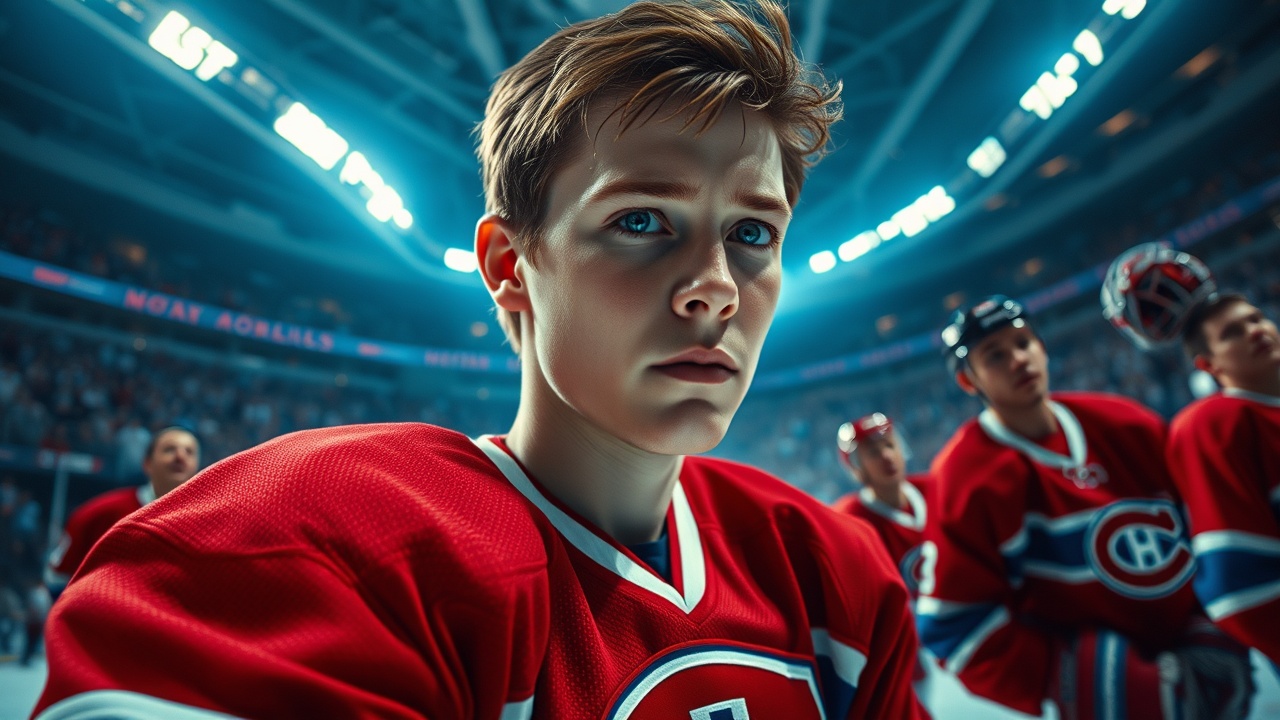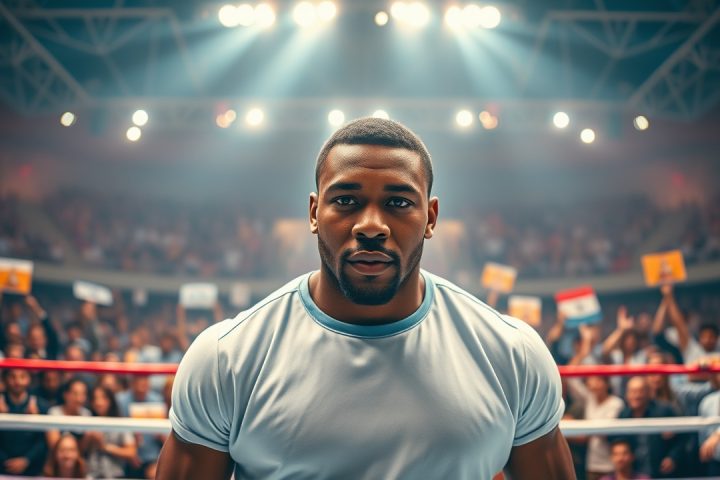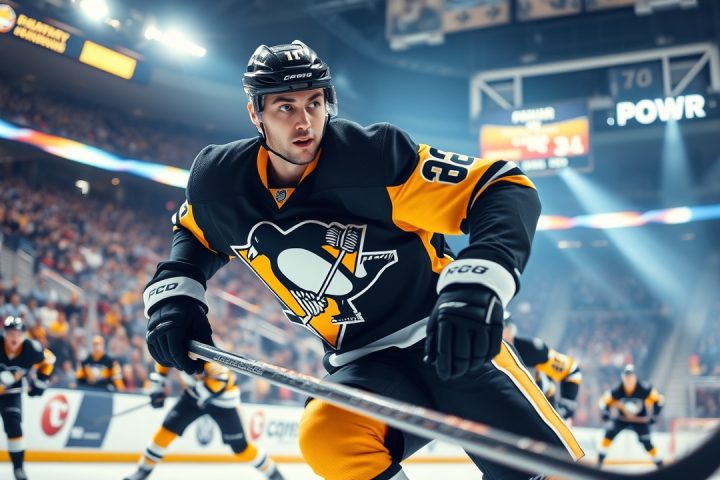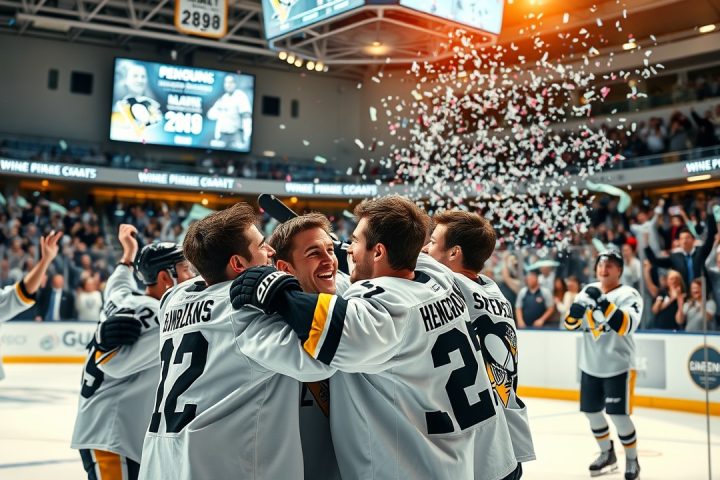2009-10 Season Overview
The 2009-10 season represented a significant chapter for the Montreal Canadiens, marking the team’s centenary in the NHL—the first franchise in league history to celebrate such a milestone. It was a year of notable events, including a commemorative game against archrivals the Boston Bruins, where the Canadiens triumphed with a 5-1 scoreline. However, the journey toward that historic celebration was fraught with challenges.
Team Overhaul and Challenges
General Manager Bob Gainey engaged in a major overhaul of the squad in the offseason, acquiring Scott Gomez from the New York Rangers while allowing prominent veterans Saku Koivu and Alexei Kovalev to leave as free agents. Gainey’s strategy included the addition of several free agents on July 1, such as Jaroslav Spacek, Hal Gill, Mike Cammalleri, Brian Gionta, and Mathieu Darche. By July 10, he had also secured Paul Mara and Travis Moen, marking a dramatic shift in the roster. Meanwhile, the departure of key players like Patrice Brisebois and Alex Tanguay added complexity to the team dynamics.
Despite these changes, the Canadiens struggled initially to find their rhythm and barely clinched a playoff spot. Once there, however, they shocked the league, propelled by the heroics of goaltender Jaroslav Halak. In a thrilling first round, they defeated the Washington Capitals, led by superstar Alexander Ovechkin, followed by a hard-fought victory over the Pittsburgh Penguins and their marquee player, Sidney Crosby, both in seven-game series. Unfortunately, their playoff run ended in the Eastern Conference Finals against the Philadelphia Flyers in a 4-1 loss, yet this period came to be famously known as the “Halak Spring”, thanks to Halak’s stellar performances.
Halak Trade and Its Aftermath
On June 17, 2010, the team’s fortunes shifted again when new GM Pierre Gauthier dealt Halak to the St. Louis Blues in exchange for Lars Eller and Ian Schultz. Gauthier justified this move as a forward-looking strategy centered around Carey Price, the fifth overall pick at the time, which stirred considerable discontent among the fanbase. Some, including Canadian politician Justin Trudeau, publicly questioned the fairness of the trade.
At the time of the trade, I was abroad in London, England, and vividly recall the shockwaves it sent through the hockey community, prompting discussions over pints in a local pub. What was once viewed as a one-sided trade over time turned into a savvy move for Montreal as Lars Eller blossomed into a solid two-way center before being traded to the Washington Capitals, where he ultimately celebrated a Stanley Cup victory.
Long-Term Impact of the Trade
The picks acquired in the Halak deal yielded further prospects for the Canadiens. The 58th pick in the 2017 NHL draft became Joni Ikonen, who did not play in North America, while the 62nd overall selection in 2018 was traded for additional draft picks. This included a fifth-round pick that turned into Samuel Houde, who had a journey through various leagues before heading to play in Switzerland, and a third-round pick that became defenseman Jordan Harris, who featured prominently for the Canadiens after his collegiate career.
Three seasons after being drafted, Harris became part of a trade with the Columbus Blue Jackets, bringing sniper Patrik Laine into the fold along with a vital second-round pick for the 2026 Draft. While the outcome of Laine’s tenure is yet to be seen, it is clear that the Halak trade continues to unfold, enriching Montreal’s roster prospects years later. With future possibilities looming such as the development of that second-round pick, the legacy of Halak’s departure remains relevant in today’s hockey landscape, where even smaller draft selections can lead to impactful NHL talent.
As the hockey community reflects on Halak’s retirement, it is noteworthy that this trade’s influence persists, possibly setting the stage for future contributions, reminiscent of how serendipitously hidden gems can still be revealed in later rounds of the draft.




